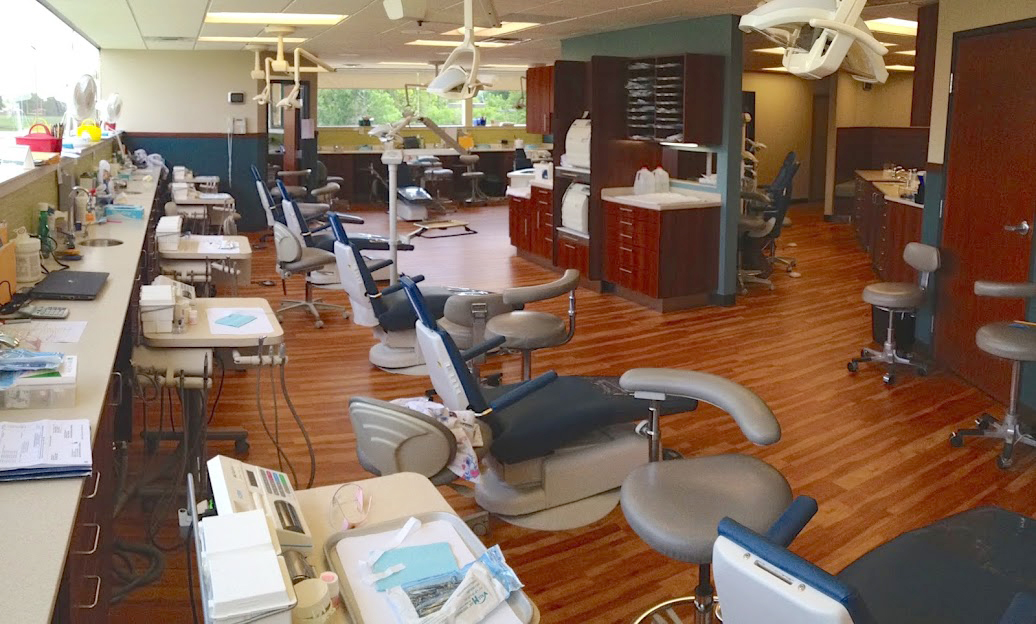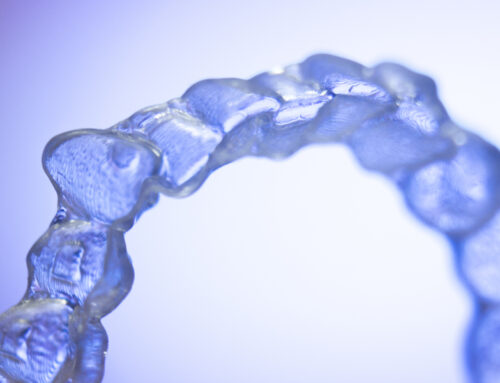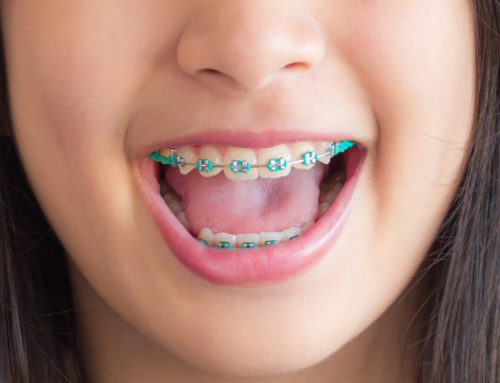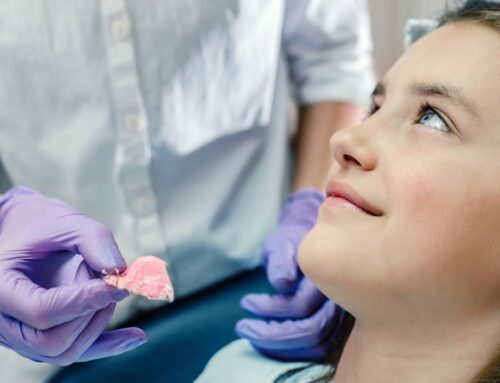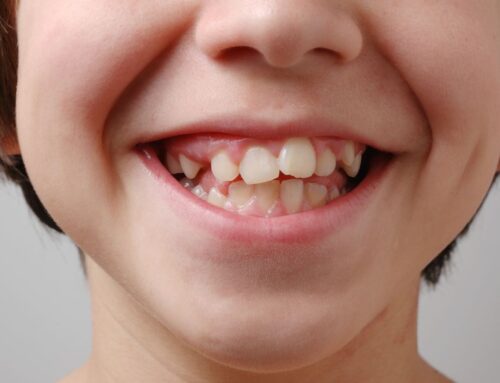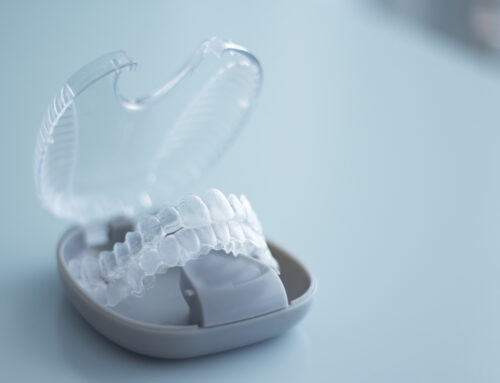The FDA recently issued a consumer update on braces, a nice Q&A addressing the concerns that come to mind when your dentist says you or your child needs braces.
Orthodontics can be associated with some negative thoughts. For instance, many kids get scared that it might hurt or that they may get teased (though braces and orthodontic treatment become more popular by the year and this has greatly gone away today), and teenagers may think they’re too old for it. A good chunk of the FDA Consumer Update addresses these implied concerns, outlining clear braces and aligners, Invisalign.
Appearances aside, the Q&A also explains how braces and aligners work, how long treatments may last, and the importance of meticulous dental hygiene while wearing braces.
Making sure your teeth are clean removes the risk of cavities. Poor dental care diminishes the effectiveness of braces, and prolongs the time they have to be worn. Eating ‘safe’ food– no hard candies, no gummy bears, and no gum–that won’t damage braces (and teeth) is also for the best, to avoid the risk of damaging braces. But the biggest risk factor for patients wearing braces is clearly liquid sugar (pop, juice, Gatorade, etc) that is notorious for causing the white stains on teeth after braces.
How many times have you heard a kid wail, “I thought it was over! Why do I have to wear a retainer?!” The FDA answers that, too, stressing that all patients that want to keep that smile in tip top shape need to “exercise” their smile with retainers to keep it in good form. Teeth have been proven to move throughout life and that is why our orthodontists make super high quality retainers that are designed to last. However, like tires on the car, eventually they need to be replaced and upgraded. Our orthodontists are advocates for lifetime retainer wear, though the commitment in wear time greatly reduces over the years.
The update also drives home the fact that orthodontics are beneficial for people of all ages. Orthodontics has come a long way, now coming in smaller, less obtrusive forms, and with options for expression in a wide array of colored rubber bands.
The dental experts of the FDA also discuss how your and your child’s orthodontic options can vary according to your dentist’s findings. For example, your child’s dental needs may be effectively addressed by aligners instead of metal braces. Conversely, metal braces might be only option to achieve appropriate, healthy, lasting results for you or your child.
If you have any remaining questions regarding orthodontic treatment, schedule a consultation with one of our board-certified orthodontists. And don’t forget, we LOVE to treat adults too!
About Pediatric Dentistry and Orthodontic Specialists of Michigan, the offices of Drs. Delaney, Plunkett, Ralstrom, Makowski, Thanasas, Ker, and Associates
Pediatric Dentistry and Orthodontic Specialists of Michigan have specialized in pediatric dentistry and orthodontics since 1968. Our family-friendly and newly renovated office gives patients and families a more comfortable and consistent experience with dentistry from the very beginning. Our pediatric dentists treat children from newborn to 18 years of age while our orthodontists provide care for both children and adults and are proud to be Premier Providers of Invisalign and Invisalign Teen services. The ability to treat all patients with compassion and individuality, including those that may have special needs reaches beyond our facility, which has treatment rooms available for children who require additional privacy and customized care options. We pioneered valued hospital affiliations to allow dental services to be performed at DMC Children’s Hospital and St. John Macomb Hospital, when appropriate or necessary, and our specialists are also proud to be on staff at Henry Ford and Beaumont hospitals.

